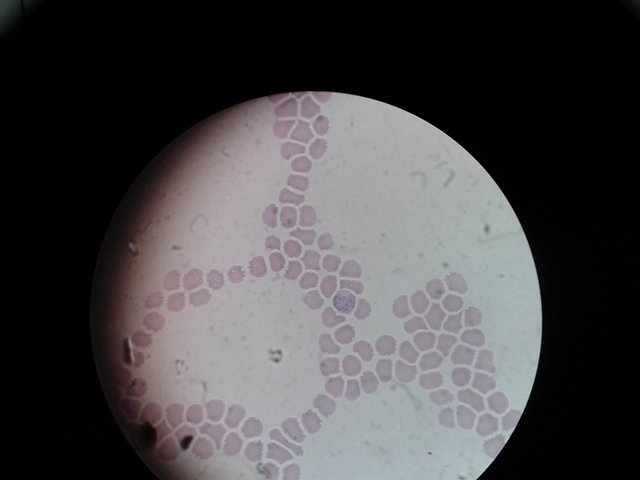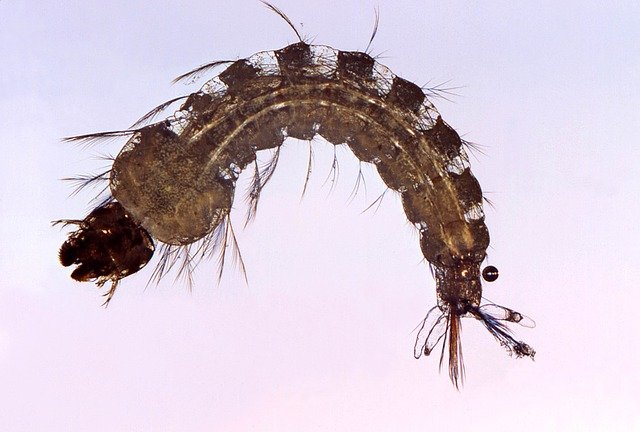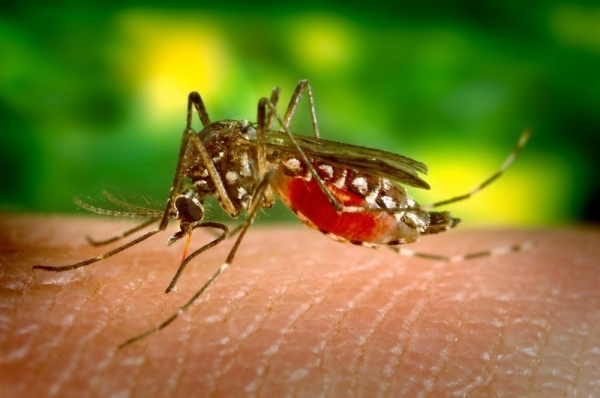Recognizing Malaria by Plasmodium vivax

[Source: taken by the author]


[Source: taken by the author]
Esquizonte (asexual form of reproduction within the erythrocyte or red blood cell) of Plasmodium vivax in Giemsa staining seen under the microscope.

Remembering a little:
In developed countries such as the United States or some European countries, this may be a reminder of past eras (years' 60) in which socio-economic and health conditions contributed to the perpetuation of the parasite through its host, however The arduous fight for the eradication of Malaria was successful in the late sixties and early seventies. Incredibly Venezuela had overcome or eradicated malaria in the 60s and today our country is the victim of the spread of the parasite throughout the nation.

Foter.com

A little closer (Features):
There are several conditions that allow the mosquito to develop to adulthood from an egg, to the stage of larva and pupa; these environmental conditions such as humidity, temperature or the existence of lakes, rivers, or stored water, stagnant or contained in containers or bottles, favor the development of the eggs until their hatching.

Fuente

Foter.com
How is it diagnosed?
1.- There is a laboratory test called "Gota Gross", which allows through a drop of blood under a microscope to recognize the presence of the parasite and differentiate in the sheet with Giemsa stain the genus and species.
2.-The rapid tests for the detection of malaria (caused by P. vivax or P falciparum) have also been a successful response to the campaigns that the World Health Organization has launched to control this disease, with special attention to immunochromatographic tests that use monoclonal antibodies against parasite antigens. Source
3.- Correlating the clinical and epidemiological data, with the laboratory results.
Which is the treatment?
There are antimalarial drugs such as chloroquine and primaquine (P. vivax), which are used under strict epidemiological surveillance, depending on the infectious agent.
Precautionary measures:
The control of the vector is the first control strategy, for which it is necessary to avoid having water containers uncovered near the houses, if it is necessary to store water it must be adequately covered, it is advisable to use special metallic meshes to avoid the entrance of the water. mosquito in doors and windows, as well as using insecticides and mosquito nets as well as epidemiological control of positive cases to prevent the spread of the infection.

Some considerations about Malaria:
It is important to highlight that the timely dissemination of information about the risks associated with infectious-contagious diseases becomes a great ally of the communities to try, as far as possible, to cut the field of action of vectors in the inoculation of the parasite in children, adults and the population in general, taking even more precaution in susceptible groups, in this way we can prevent the disease from spreading, improving the quality of life through epidemiological and clinical actions according to each case.

References:
1.-Programa Mundial sobre Malaria Organización Mundial de la Salud. Control y eliminación del paludismo por plasmodium vivax: informe técnico.20, Avenue Appia CH-1211 Ginebra 27.
2.- Guia Didactica de la exposición.Malaria. Biblioteca Nacional de España.2009.
http://www.bne.es/es/Micrositios/Guias/MalariaGuiaDidactica/resources/docs/MalariaGuiaDidactica.pdf

@therealwolf 's created platform smartsteem scammed my post this morning (mothersday) that was supposed to be for an Abused Childrens Charity. Dude literally stole from abused children that don't have mothers ... on mothersday.
https://steemit.com/steemit/@prometheusrisen/beware-of-smartsteem-scam